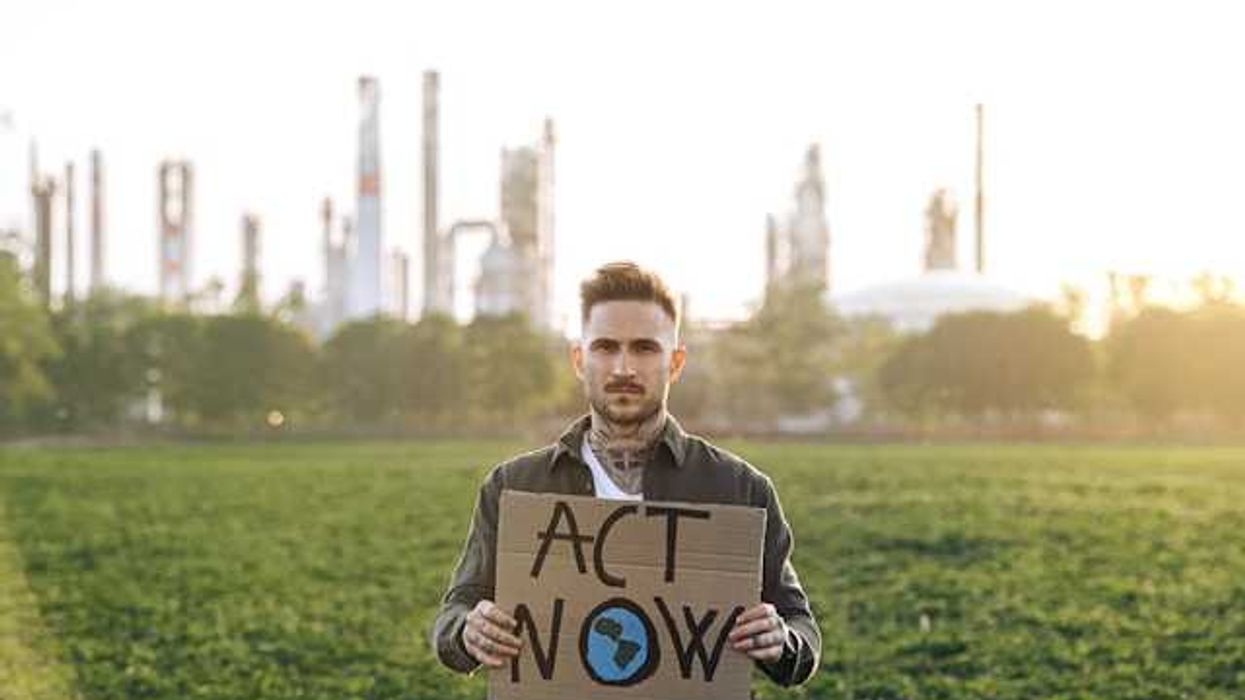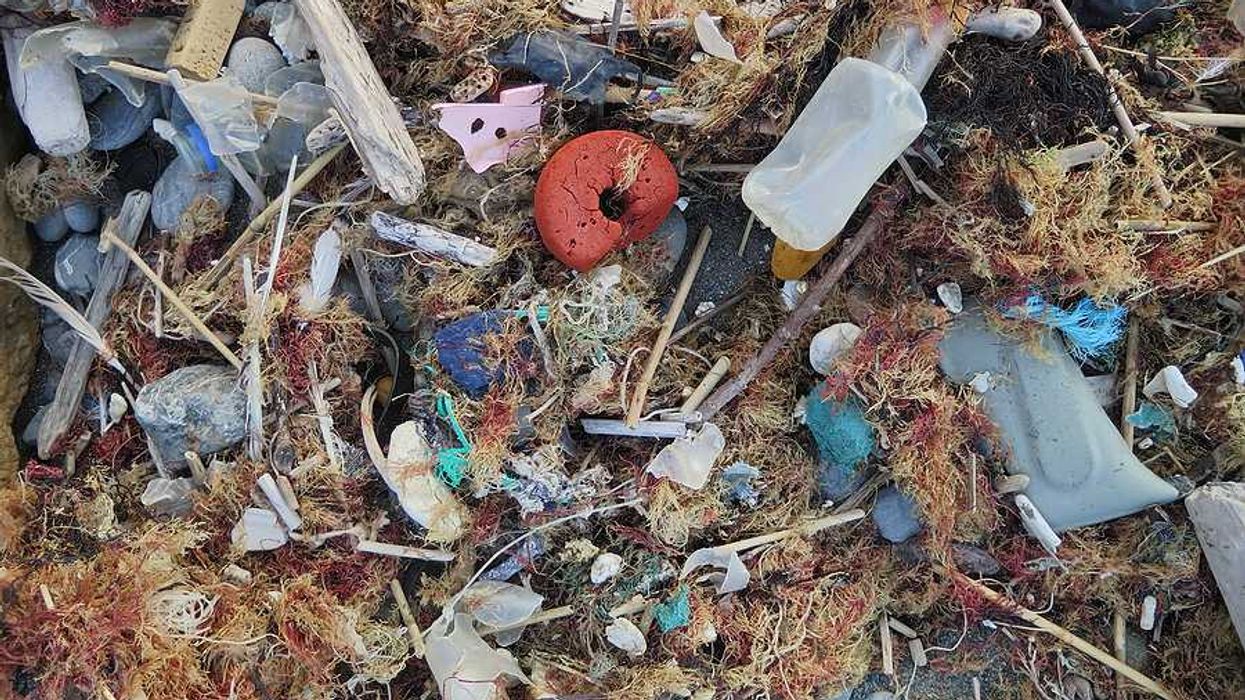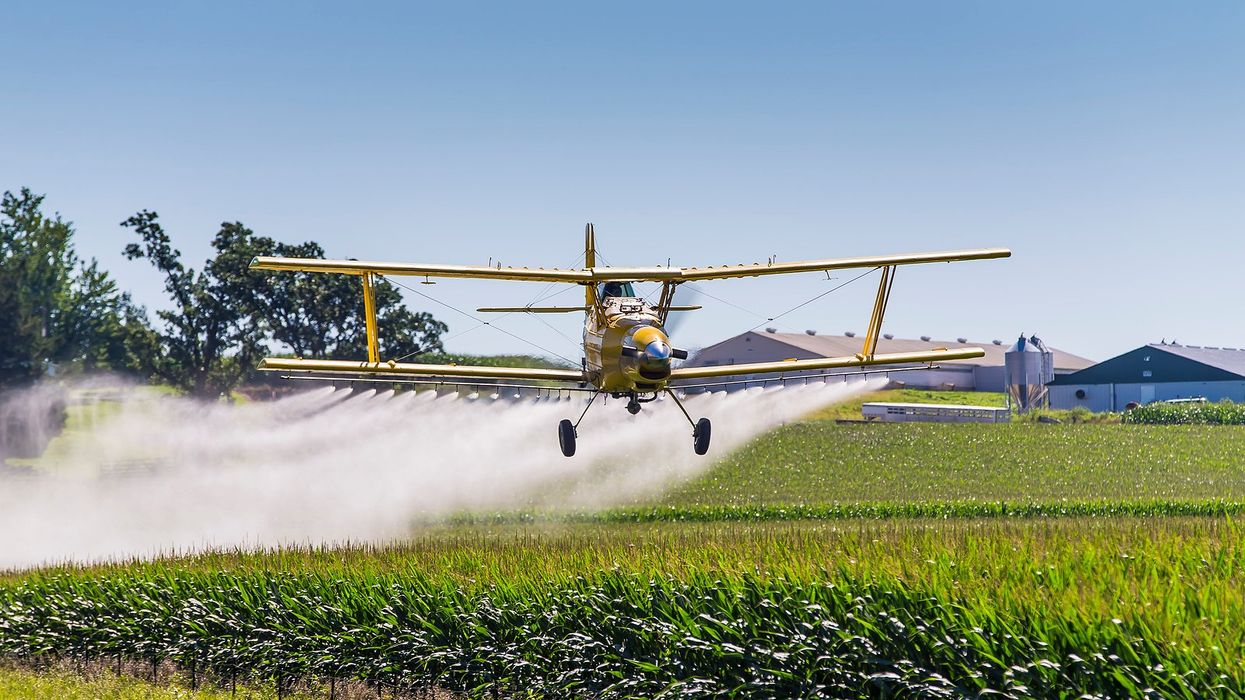The impacts of racism and segregation continue to reverberate in the health of communities of color—and one of the starkest disparities is in diabetes rates.
Strikingly, a growing body of research suggests that toxics may be partly to blame.
Diabetes is a global health crisis—more than 30 million individuals suffer from the disease in the U.S., and it is projected to afflict 642 million individuals worldwide by the year 2040.
Diabetes is a metabolic disease principally defined by elevated blood glucose levels. The consequences of prolonged elevations in blood sugar are devastating. Diabetes is the leading cause of adult blindness, kidney failure, and non-traumatic amputations in the U.S.
Furthermore, it is a potent contributor to cardiovascular disease, the leading killer among those with the disease. Diabetes is also an important contributor to healthcare costs, with estimates suggesting that 20 percent of all U.S. healthcare dollars are spent on those with the condition.
While a lack of physical activity and excess calorie consumption are known contributors, these factors alone fail to fully explain the scope of the epidemic. Thus, attention has turned to other factors that promote the development of high blood sugars. Over the course of the last decade, an expansive body of human, animal, and cellular evidence has implicated environmental toxics as potential contributors to diabetes risk.
These metabolism-disrupting chemicals are a subclass of endocrine-disrupting chemicals that include a diverse array of organic and inorganic pollutants to which many humans are potentially exposed and thus represent an underappreciated threat to metabolic health. These pollutants are commonly found in plastics, medical devices, personal care and other consumer products, contaminated foods and beverages, and as components of air pollution.
In a recent study we explored the prospective links between five classes of environmental toxics and incident diabetes. Supported by a host of animal and cellular data, we concluded that there was ample evidence to suggest that these five classes of pollutants (chemical constituents of air pollution, polychlorinated biphenyls, organochlorine pesticides, bisphenol A, and phthalates) were prospectively linked to diabetes risk.
Further examination of the published scientific literature suggested that there was evidence that African Americans and/or Latinos/Hispanics were exposed to higher levels of these diabetes-associated chemicals. Coupled together these data indicate that chemicals in the ambient environment likely represent novel risk factors that contribute to diabetes disparities.
Burgeoning animal and cellular data suggest that a number of toxics have the capacity to impair the production and/or action of insulin, the hormone principally responsible for lowering blood sugars. How the constellation of chemicals to which humans are exposed may interact with one another and with traditional diabetes risk factors to alter blood glucose levels is less understood. Moreover, how exposures to these toxics during critical windows of development influence an individual's sensitivity to later life metabolic stressors is just beginning to emerge. While further work is certainly needed, a picture is emerging in which toxics and poor environmental quality contribute to diabetes risk.
Recognizing the connection between chemical exposures and metabolic disease is critical for addressing the burden of diabetes within vulnerable communities and society at large. Moreover, these data linking environmental toxics with unequal disease risk underscore the importance of community organizing efforts directed at improving the environmental quality of affected low-income neighborhoods of color.
Public policy that backs these efforts along with individualized interventions in the clinic to reduce exposures may help address the disproportionate burden of diabetes among vulnerable groups.
We need to figure out ways to reduce exposure to these ubiquitous toxics. While improved labeling to clarify product contents would be an important first step, blunting uneven exposures will require additional efforts, especially since more affordable products are likely contributing to higher exposures and places selling these products are concentrated in poorer neighborhoods.
In addition to helping individuals make choices that reduce their exposures, evidence linking air pollution to diabetes risk and disparities unequivocally argues for continuing efforts to improve air quality in low-income neighborhoods of color.
Ultimately, adequately addressing the disproportionate exposures of African Americans and Latinos/Hispanics to diabetes-promoting chemicals, as well as other diabetes risk factors, will require a reckoning with the sociological forces that continue to contribute to environmental inequality.
It is morally imperative for us to honestly acknowledge these injustices and actively work to ensure that every community has access to an equally healthy environment if we are ever to erase the metabolic legacy of environmental injustice.
Robert M. Sargis, MD, PhD is an Assistant Professor in the Division of Endocrinology, Diabetes, and Metabolism at the University of Illinois at Chicago; Daniel Ruiz is a graduate student for the Committee of Molecular Metabolism and Nutrition at the University of Chicago.
























